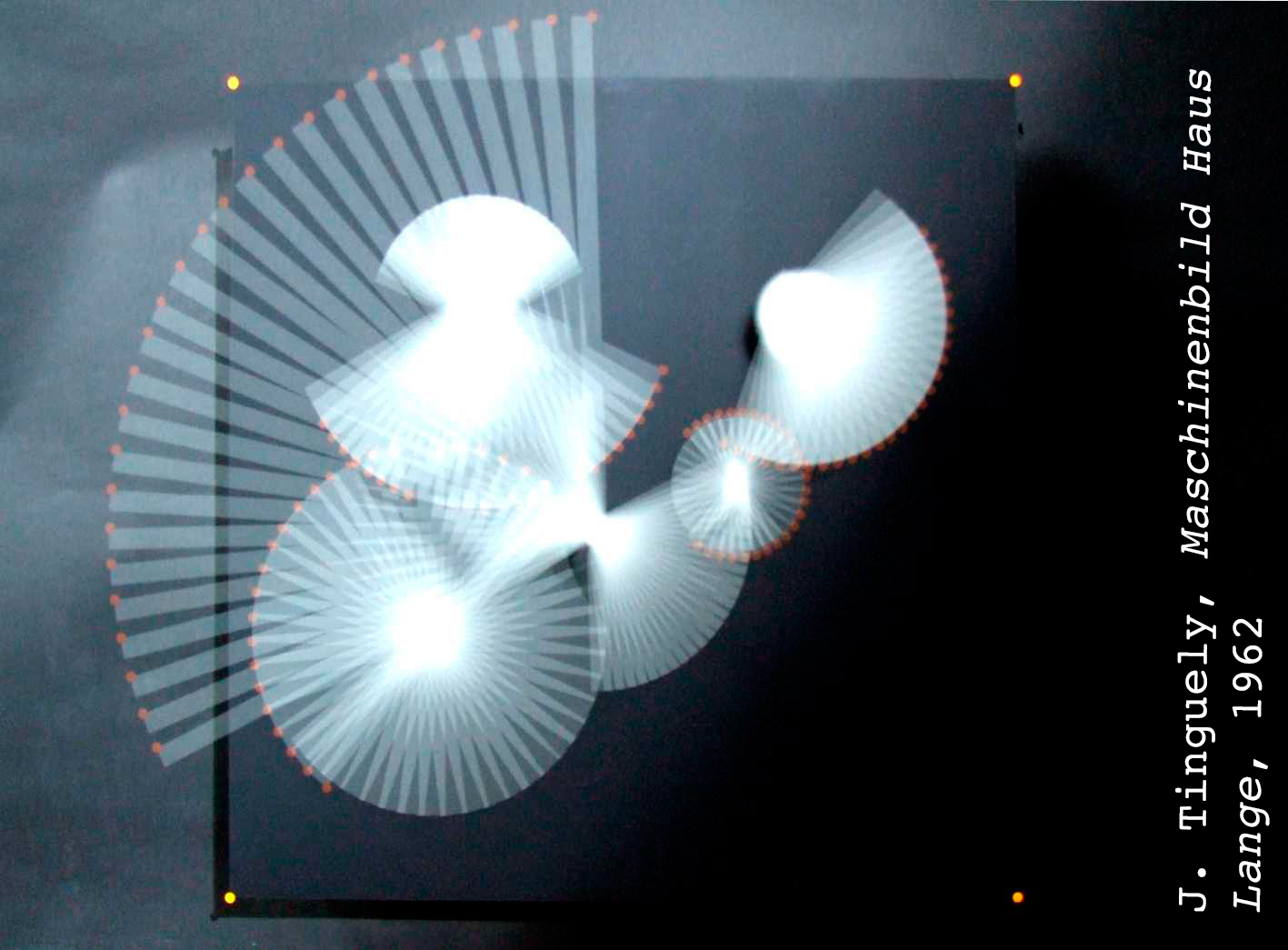 |
|
|
1.2 Preservation (2007)
creator(s) Reinhard Bek(conservator)
contributor(s) Josef Imhof (Museum Tinguely, Basle), Urs Biedert (Museum Tinguely, Basle), Steffen Seidel (Bergbaumuseum, Bochum), Karsten Seyfert, (FHTW Berlin)

An important reason for documenting kinetic works is that movement and wear frequently cause individual parts or areas under particular strain to fail or wear out, requiring action. It is often impossible, or at least utopian, to preserve all of the parts of a moving artwork. That is why it is necessary to draw a clear line between restoration and replacing parts.
A definition of replacement parts is easy. It is simply the question whether belts used to transfer movement that are still available on the market and have no unique features can be replaced. Behind such questions of the ethics of restoration, however, are the issues of wear and failure.
In practice, two aspects in particular emerge in this thematic complex:
1. The moving parts of a kinetic work cause friction and wear. Sacrificial layers or lubricants can be employed to prevent this. A list of the most important lubricants and their properties is available as download 'Friction and Wear' (pdf in English and German).
2. Many kinetic works are driven by electric motors. These motors and the surrounding mechanical parts are often weak spots in maintaining a work’s function. For that reason, a summary of the essential construction types of electric motors used in kinetic artworks and aspects of their maintenance is available for download 'Electric Motors: Introduction and Maintenance' (pdf in English and German).
 Copyright Protected Copyright Protected
|
|
|